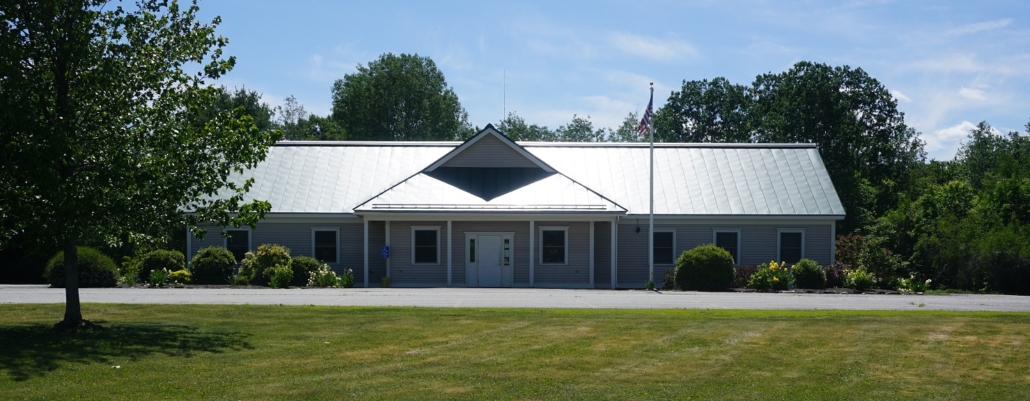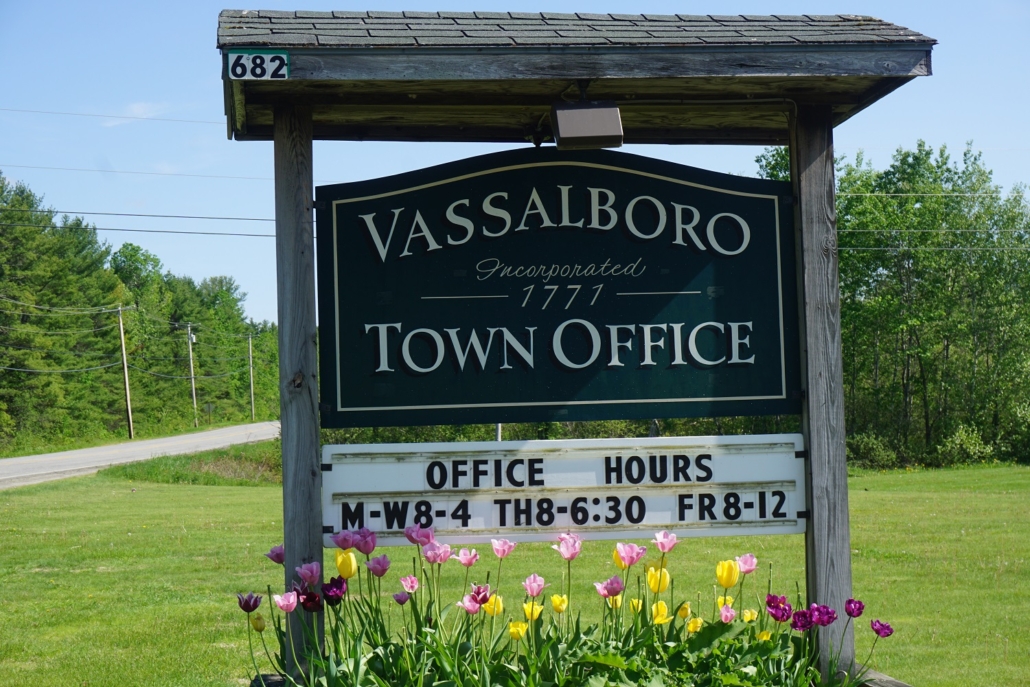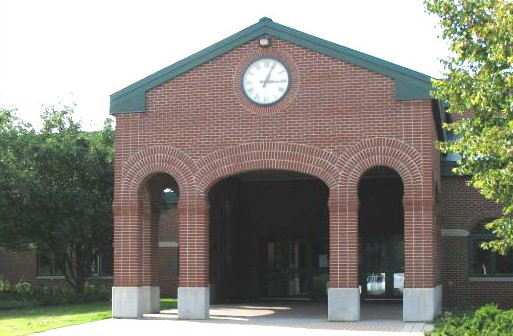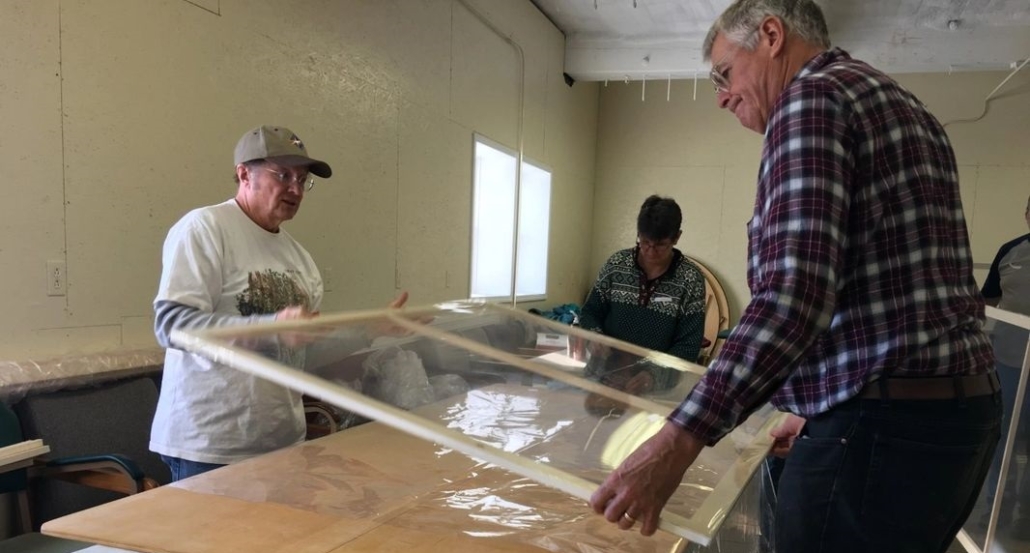The topics that took the most time at a long and varied Oct. 13 Vassalboro select board meeting were a presentation by Delta Ambulance representatives on plans to request financial aid from towns served, and a discussion with Cross Hill Road residents about getting a new business to comply with conditions on its town permit.
Timothy Beals, Delta Ambulance’s executive director, gave select board members a multi-page handout and supplemented it with a verbal description of the service. He was accompanied by director of community relations, Bill McKenna, and director of operations, Chris Mitchell.
Beals said Delta was organized in 1972 and became a nonprofit corporation in 1975. Its 13-member board includes representatives from area hospitals and from some of the 14 municipalities it serves.
Delta has a main station in Waterville and an ambulance base in Augusta. There are currently about 100 full-time and part-time employees. In addition to responding to emergency calls, its 17 ambulances are used for transfers from one medical facility to another, and its staff provides training sessions.
Recently, Waterville and Winslow have started their own ambulances, withdrawing from Delta. Delta is downsizing accordingly.
For 50 years, Delta has been funded primarily by insurance reimbursements, which have never covered full costs. Payment is made only if a patient is transported; if the ambulance crew resolves the medical crisis and the patient refuses transport, there is no reimbursement.
And, Beals added, if an ambulance service transports everyone who calls, the government is likely to investigate.
Currently, Delta’s annual revenue is around $7 million and annual expenses are around $9 million, with a reserve fund covering the difference.
Therefore, Beals said, Delta officials are asking member towns to appropriate $15 per resident – just under $66,300 for Vassalboro – in the next fiscal year. He believes Delta is the last Maine ambulance service to start charging a service fee; and he said most other per-capita fees are higher.
Emergency response is guaranteed, Beals said. When several ambulances are in use, non-emergency transfers are postponed, and if necessary mutual aid agreements with other services can be invoked.
Vassalboro residents get not only emergency service, around 350 calls a year, but also reimbursement or replacement for most supplies Vassalboro First Responders use and a stand-by ambulance, at no charge, at fire scenes and on request at community events.
In response to questions from select board member Chris French, Beals said Delta board members had not discussed multi-year contracts, nor giving more than the current five board seats to municipal representatives. Both topics are open for discussion, he said.
Select board members will consider the situation.
Rick and Terry Dawson and Peter and Mary Beth Soule brought their problem with a newly-opened brewery at 772 Cross Hill Road to select board members because they did not know how to proceed.
Supported by copies of Vassalboro Planning Board minutes and related documents, they explained that in December 2019, the planning board approved a permit to James and Linda D’Angelo to open the brewery. Notice of approval came from Paul Mitnik, the codes officer in 2019 and, after unsuccessful attempts to retire, the current codes officer.
The approval was conditional on “providing buffering of conifer trees in the east and south property boundaries with extra buffering near parking areas.”
The Dec. 10, 2019, planning board minutes show that David D’Angelo was spokesman for the applicants. One of the public comments was that the brewery’s parking area faces the Dawson property, where the house is 560 feet away, and “Headlights from vehicles [are] a concern.”
On May 18 of this year, then codes officer, Ryan Page, issued a certificateIof occupancy for the brewery to Cross Hill Realty, LLC. The certificate says, “The property owner or tenant is hereby authorized to enter and use the premises.”
It also says, “Special Condition: Screening required in accordance with Site Plan Review.”
The Dawsons and Soules told select board members there is no buffering. Some trees were planted after July 2022; most died and have been even more recently replaced.
They also questioned whether the certificate of occupancy was sufficient to allow the business to open to the public. It did, about two weeks ago, they said.
The residents, board members and Town Manager Mary Sabins discussed whether the issue should be handled by Mitnik or perhaps by the town board of appeals. Related issues were what time limits for appeals might apply, and what, if any, other local or state permits or licenses the brewery might have or need.
After three-quarters of an hour, board member Rick Denico referred the Dawsons and Soules to Vassalboro’s enforcement and appeals ordinance, on the town website.
The Oct. 13 meeting began with a public hearing on renewing town permits for seven automobile graveyards/junkyards and one auto hobbyist’s collection. There were no public comments, and board members unanimously approved Mitnik’s recommendations, as follows:
- Unconditional renewals for Freddie’s Service Center (Bill Pullen), 163 South Stanley Hill Road; Garnett’s Motors (Stanley Garnett), 1616 North Belfast Avenue; Autowerkes (Voit Ritch), Route 3; Platinum & Core LLC (Robert Parise), 1702 Riverside Drive; and hobbyist Robert Dore, 919 Church Hill Road.
- Renewals conditional on providing proof of a state recyclers’ license for Ron’s Parts Inc. (James Cogley), 520 Main Street; and Weeks Mills Garage (Olin Charette), 1499 Riverside Drive.
- An interim conditional renewal for Bondo’s Garage (Dale Clement), 471 Taber Hill Road. Mitnik explained that the garage is closed, and without an associated garage the junkyard should be closed, too, but time is needed for orderly dispersal. Conditions include draining all vehicle fluids, clearing the entrance and getting rid of all but 20 vehicles.
The easy item Oct. 13 was appointing seven members of a new committee.
The committee is to review capital needs of the Vassalboro Historical Society’s building, the former East Vassalboro school house, as proposed two weeks earlier (see the Oct. 6 issue of The Town Line, p. 14). Its members, assuming they accept, are Dave Bolduc, Donald Breton, Janice Clowes, Steve Jones, John Melrose, select board chairman Barbara Redmond and Lauchlin Titus.
Melrose welcomes volunteer advice and help from people knowledgeable about building issues. He told select board members he has already enlisted his son, Andrew, to advise on heating.
Because the meeting was so long, discussion of revisions to the town personnel handbook was postponed to the next meeting, scheduled for 6:30 p.m., Thursday, Oct. 27.
 by Mary Grow
by Mary Grow






 COMMUNITY COMMENTARY
COMMUNITY COMMENTARY